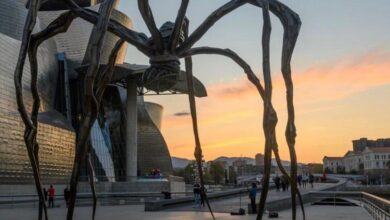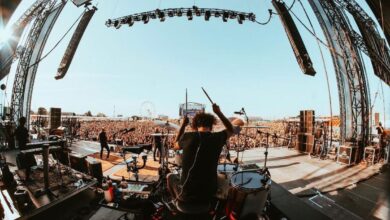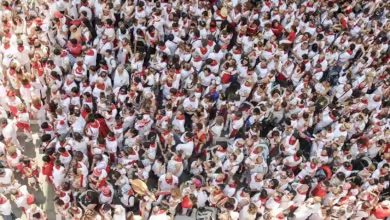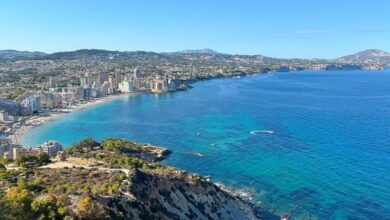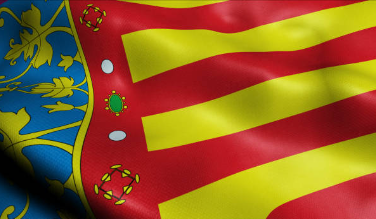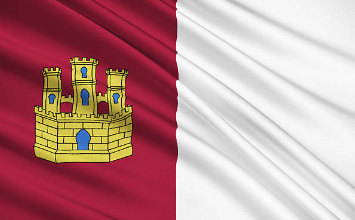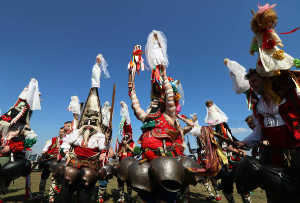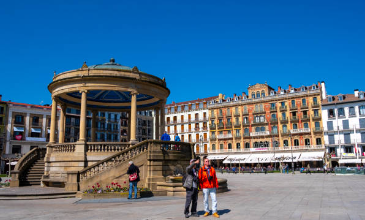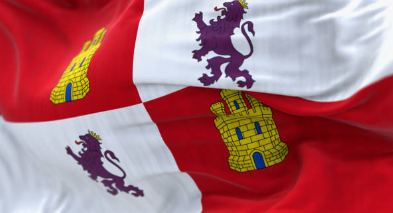
-
Exploring Castilla y León: Spain’s Historic and Cultural Legacy
Castilla y León, located in northwestern Spain, is the country’s largest autonomous community by area and one of its most historically and culturally significant regions. Known for its medieval towns, rich heritage, and stunning landscapes, Castilla y León offers a deep dive into Spain’s past and present. From ancient Roman ruins to majestic cathedrals and picturesque villages, this region is a treasure trove of experiences.
-
Geography and Climate
Castilla y León covers an extensive area of approximately 94,226 square kilometers, encompassing a diverse range of landscapes. The region includes parts of the Meseta Central, a high plateau characterized by rolling plains and rugged terrain. It is bordered by Galicia, Asturias, Cantabria, La Rioja, Navarra, and Madrid.
The climate is typically continental, with significant temperature variations between summer and winter. Summers can be hot and dry, with temperatures often exceeding 30°C (86°F), while winters are cold, with temperatures frequently dropping below freezing, especially in the higher altitudes. The region’s diverse topography also influences local climate conditions, from the cooler, wetter weather in the mountainous areas to the drier, more arid conditions in the plains.
-
Cultural and Historical Significance
Castilla y León has a rich historical legacy, being a cradle of the Spanish nation. It was the site of important medieval kingdoms, including the Kingdom of León and the Kingdom of Castile, which played crucial roles in the Reconquista—the period of Christian reclamation of territory from the Moors.
The region’s history is reflected in its extensive architectural and cultural heritage. Castilla y León boasts numerous UNESCO World Heritage Sites, including stunning cathedrals, historic towns, and ancient monuments.
-
Top Attractions in Castilla y León
- Segovia: Famous for its Roman aqueduct, one of the best-preserved ancient structures in Spain, Segovia is a charming city with a rich history. The Alcázar of Segovia, a fairy-tale castle with its distinctive shape, and the impressive Segovia Cathedral are other notable landmarks. The city’s medieval old town is also a UNESCO World Heritage Site.
- Salamanca: Home to one of the oldest universities in Europe, Salamanca is renowned for its historic architecture and vibrant student atmosphere. The Plaza Mayor, one of Spain’s most beautiful squares, is the heart of the city, and the Old and New Cathedrals are masterpieces of Gothic and Romanesque architecture.
- Avila: Known for its well-preserved medieval city walls, Ávila is a city where history comes alive. The walls, which stretch over 2.5 kilometers, are among the best-preserved in Europe. The city is also home to the Cathedral of Ávila and several convents and churches connected to the mystic saint Teresa of Ávila.
- Burgos: Burgos is famed for its stunning Gothic cathedral, a UNESCO World Heritage Site. The city is also the starting point of the Camino de Santiago pilgrimage route, making it an important stop for those traveling to Santiago de Compostela.
- Leon: Known for its impressive León Cathedral, which features beautiful stained glass windows, León also boasts a vibrant cultural scene and well-preserved historic areas. The San Marcos Monastery is another highlight, offering insight into the region’s religious and architectural history.
- Ronda: Ronda, though not part of Castilla y León, is often included in broader travel itineraries for its striking landscapes and historic sites. Its dramatic cliffside setting and historic bridge make it a noteworthy destination.
-
Cuisine of Castilla y León
The cuisine of Castilla y León is hearty and reflects the region’s agricultural and pastoral traditions. Lechazo (roast lamb) is a regional specialty, often prepared with simple seasonings to highlight the quality of the meat. Cocido maragato, a robust stew from León, is another traditional dish made with various meats and vegetables.
Morcilla de Burgos, a type of blood sausage, and Judiones de la Granja, large white beans cooked with chorizo, are also popular regional dishes. For dessert, Tarta de Santiago (an almond cake) and Yemas de Santa Teresa (sweet egg yolk candies) are local favorites.
-
Festivals and Events
Castilla y León hosts a variety of festivals and cultural events throughout the year, celebrating its rich traditions and heritage. The Semana Santa (Holy Week) processions in cities like Salamanca and Segovia are elaborate and deeply rooted in religious tradition.
The Fiestas de San Juan in Burgos, celebrated in June, features traditional music, dance, and local customs. The Fiesta de la Matanza in La Vera, a celebration of traditional pig slaughtering, is an important event in rural communities.
-
Conclusion
Castilla y León offers a captivating blend of historical significance, architectural marvels, and natural beauty. From the ancient Roman aqueducts of Segovia to the Gothic splendor of León Cathedral and the medieval charm of Ávila, the region is a rich tapestry of Spain’s cultural and historical legacy. Whether you’re exploring its historic cities, enjoying its traditional cuisine, or immersing yourself in its vibrant festivals, Castilla y León provides a deep and rewarding experience of Spain’s heartland.
